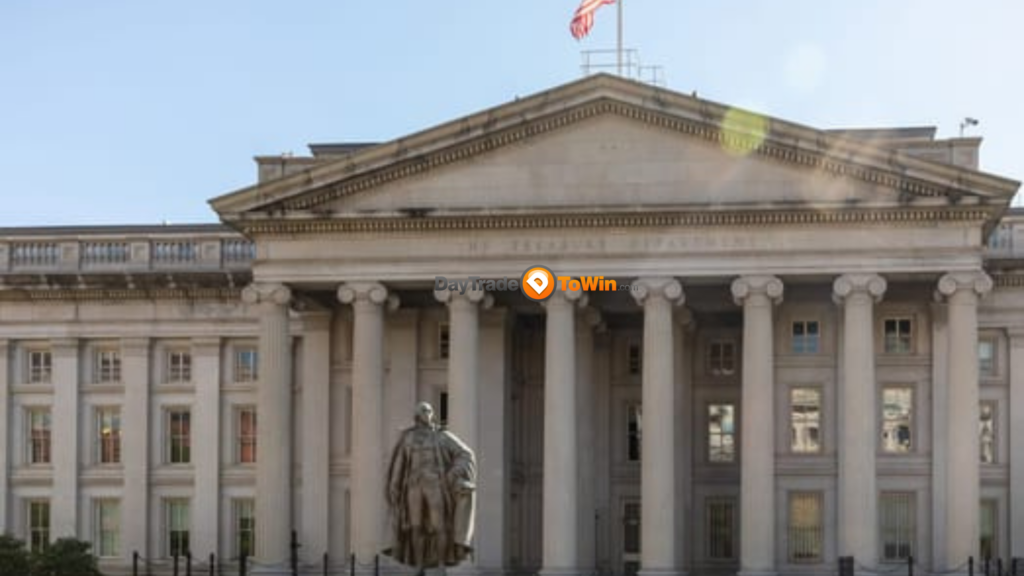With its cash reserves dwindling, the Treasury Department is expected to run out of funds soon, though the exact timing remains uncertain. The so-called “x date” — when the Treasury will exhaust its emergency cash-management measures — could arrive as early as May. This pivotal moment has significant implications for President Donald Trump’s tax proposals and financial markets.
Congressional Republicans Face Pressure to Raise Debt Ceiling
The Trump administration has reached the limit of its legal authority to issue additional debt to meet the U.S. government’s obligations, covering everything from Social Security payments to military operations.
Tax Plan Timing and Debt Ceiling Dynamics
Policy analysts warn that if Republicans fail to pass their tax bill before the debt ceiling deadline, they will need Democratic support to raise the borrowing limit. According to Brian Gardner, policy analyst at Stifel, separating the debt ceiling from the tax plan could complicate negotiations.
The Trump administration is pushing for a massive extension of the 2017 individual tax cuts, primarily benefiting wealthier Americans. Additional proposals, such as eliminating taxes on tips, overtime, and Social Security benefits, could escalate the cost to over $11 trillion over the next decade, per the Committee for a Responsible Federal Budget.

Republicans are pursuing a budget reconciliation strategy, which would allow them to pass the tax bill with a simple majority in the Senate. While they could potentially tie a debt ceiling increase to the bill, some Republicans hesitate to endorse such a move without bipartisan backing.
Uncertain Deadline and Political Calculations
Estimates suggest the Treasury could default on its obligations between mid-July and early October. The Congressional Budget Office is set to release its official forecast soon. House Ways and Means Committee Chair Jason Smith has cautioned that the default date might come as early as mid-May.
Henrietta Treyz, director of economic policy at Veda Partners, noted that an earlier deadline could benefit House Republicans who want to fast-track the tax plan in one comprehensive legislative package. Speaker Mike Johnson’s narrow three-seat majority adds further pressure, as every House member faces re-election in 2026.
While House Republicans prioritize rapid passage of tax cuts, potentially offset by Medicaid reductions, Senate Republicans appear less eager. Analysts suggest the Senate GOP is comfortable taking a slower approach to drafting their tax plan, avoiding contentious debt ceiling politics.
Risk of Market Volatility
If the debt ceiling is not raised through reconciliation, Republicans will need Democratic support. Senate Minority Leader Chuck Schumer would likely face pressure from his party’s base to demand concessions. Stifel’s Gardner warned that this scenario could escalate into brinkmanship, increasing market volatility.
While equity markets remained relatively stable during previous debt ceiling standoffs, bond markets experienced turbulence. Investors flocked to short-term Treasury bills, and the cost of insuring against U.S. debt surged to levels not seen since the financial crisis.
With both parties staking out firm positions, the potential for heightened uncertainty looms large. House Democratic Caucus Chair Pete Aguilar has already signaled that Democrats will resist giving away concessions without a fight, setting the stage for a contentious battle over the nation’s fiscal future.



